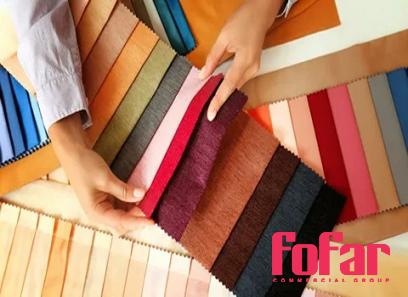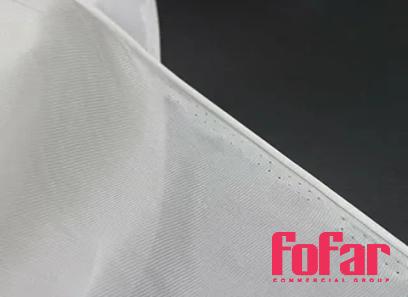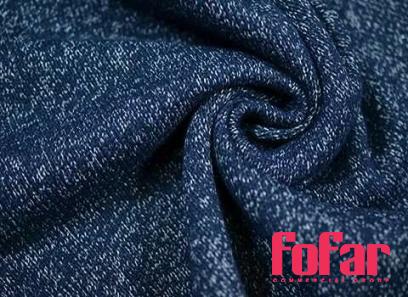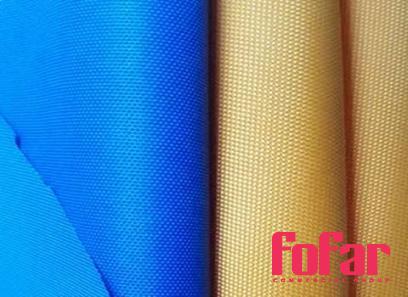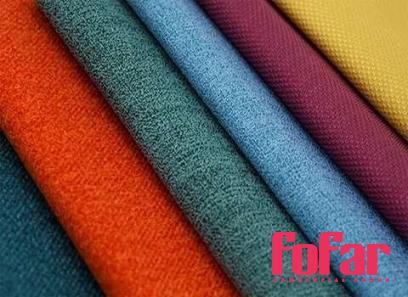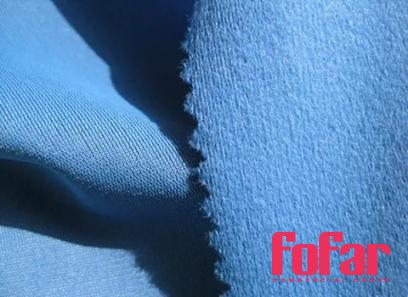Black Pet Polyester Nonwoven Fabric Purchase Price + User Guide
Do you need a black, pet-type, nonwoen polyester fabric with a thickness of 0
35 inches? Is it a good fabricOne variety of nonwoven fabric is referred to as PET spunbond, and it is constructed using polyester (pet) The chip of polyester is the primary constituent of it
polyester fabric in hindi
This fabric can be referred to by a number of different names, including PET spunbonded filament non-woven fabric, PES spunbonded non-woven fabric, and single component spun bonded non-woven fabric
The following are the key distinctions between nonwoven polypropylene fabric and nonwoven PET fabric: PP, which stands for polypropylene fiber, is commonly utilized in the production of thin non-woven fabrics, whereas PET, also known as polyester fiber, refers to new polyester raw material
The entire manufacturing process does not utilize any additives
It is a form of thick non-woven fabric that does an excellent job of protecting the environment
Comparison of the Nonwoven Fabrics Made of Polypropylene (PP) and Polyester (PET): Raw PP is available at a low cost, while PET can be somewhat expensive
The waste PET cannot be recycled; however, the waste PP may be recycled; as a result, the price of the latter is slightly lower
PP has a high-temperature resistance of approximately 200 degrees Celsius, while PET has a resistance of approximately 290 degrees Celsius
PET is more resistant to melting at greater temperatures than PP, which makes it a more desirable material
nonwoven printing and heat transfer impact: in the same width, PP shrinkage is significant, whereas PET shrinkage is small
The outcome is better with PET, which is also more cost-effective and generates less waste
When compared gram for gram, PET has a greater tensile force, tension, and bearing capacity than PP does for the same amount of material
PET’s tensile strength at 65g under tension and load is equivalent to that of PP’s tensile strength at 80g under identical conditions
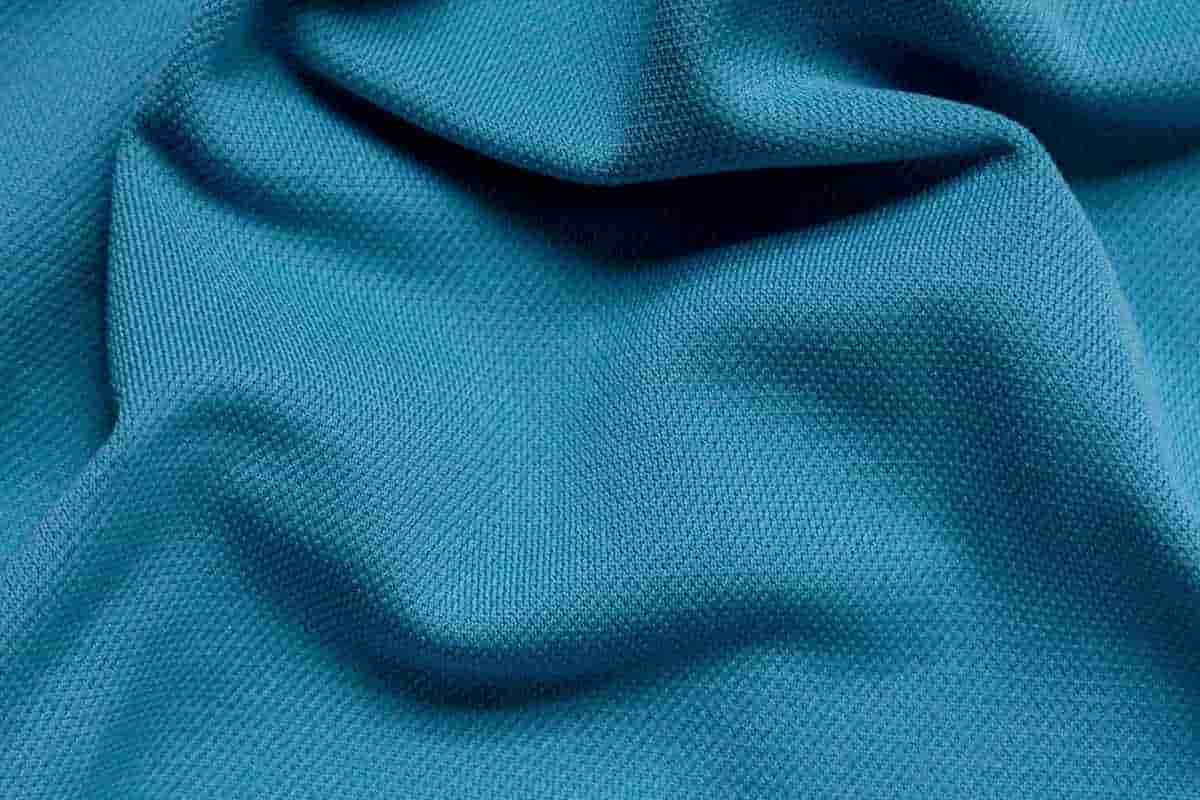
PET is the more hygienic and environmentally friendly alternative of the two materials due to the fact that it is composed entirely of new polyester chips, whilst PP contains some recycled polypropylene waste in certain of its batches
The scope of application for PET Spunbond Non-Woven Fabric has expanded
(1)
Some of the characteristics that can be added to household textiles include anti-pile lining, heat transfer printing, non-woven calendars, document hanging bags for the office, curtains, and vacuum cleaner bags
(2)
The packaging industry includes not only cable wrapping cloth but also purses, container bags, flower wrapping material, desiccant and adsorbent packaging material, and many other types of materials
(3)
The use of wall decorating fabric, flocking foundation cloth, and leather base cloth are all examples of decorative possibilities
(4)
Examples of agricultural textiles include harvest fabric, plant protectors, fruit snacks, and weed control belts, amongst other things
(5)
Base cloth is constructed from a material of a superior quality that is both waterproof and breathable (when wet)
(6)
Industrial applications include, but are not limited to, the production of insulating materials, electrical appliances, filter media, supporting media, and reinforcing media
(7)
Things that help keep you safe, mementos from your trips, and other objects of similar nature are included in the “other” category
(8)
Filtration can take several forms, including the filtration of transmission oil
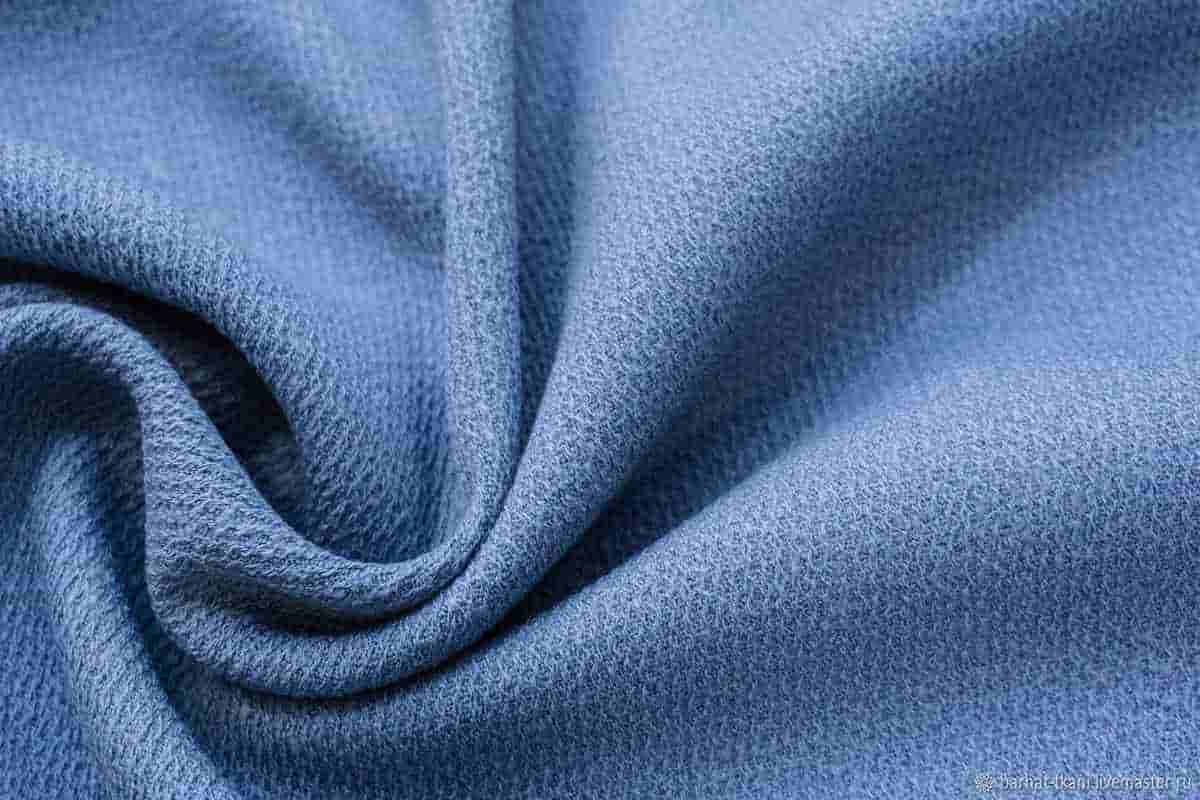
polyester fabric dye
Could you tell me whether or not the polyester non-woven fabric that I’m looking at has good resistance to heat?Polyester non-woven fabric has high strength
good high-temperature resistance, aging resistance, UV resistance, high elongation, good stability and air permeability, corrosion resistance, sound insulation, mothproof, and non-toxic properties
Polyester spun-bonding nonwoven manufacturer
Do you know that polyester non-woven fabrics offer a high-temperature resistance, making them excellent for everyday use? If not, you should learn more about this feature
Fabrics crafted from polyester non-woven materials, often known as PET Non-woven Suppliers, are almost never an acceptable choice
Traditional polypropylene non-woven fabrics have a melting point in the range of 160 to 170 degrees Celsius, whereas polyester non-woven fabrics have a melting point of approximately 260 degrees Celsius
On the other hand, acrylic fiber, viscose fiber, or pitch fiber can be employed in the needle punching technique, oxidation treatment, carbonization treatment, or graphitization treatment to create a sort of carbon felt
It is feasible for the high-temperature resistance to withstand temperatures of more than 3000 degrees Celsius
In what ways are you familiar with the non-woven fabric made of PET?
Hydrophobic
The degree to which a nonwoven fabric manufactured from polyester (PET) repels water varies according to the gram weight of the fabric, yet all such materials are hydrophobic
The hydrophobicity of a substance increases in direct proportion to both its bulk and its thickness
The surface of the non-woven cloth will not absorb any water droplets since they will simply roll off

polyester fabric clothes
The capacity to resist temperatures of a very high degree
The non-woven fabric that is created from polyester is able to keep its shape even when subjected to high temperatures since polyester has a comparatively low melting point (approximately 260 degrees Celsius)
I t has found a lot of use in heat transfer printing, transmission oil filtering, and in certain composite materials that need to be resistant to high temperatures
Maximum level of resiliency
One sort of filament non-woven fabric is called spun-bond non-woven fabric, and it is created from polyester (PET)
It has been put to use in a wide variety of contexts because of its anti-aging properties, high tensile strength, low tear strength, and high tensile strength
Gamma rays’ potentially harmful consequences
They are also resistant to gamma radiation, making the spun-bond non-woven fabrics derived from polyester (PET) a remarkable example of a fabric’s physical property
In other words, if it is applied to medical products, it can be immediately sterilized with gamma rays without compromising its physical qualities or dimensional stability
This is the case even if the gamma rays are directed at the surface of the object
The spun-bond non-woven fabric is made of polypropylene (PP), which lacks this physical property
One final commentWe sincerely hope that all of your inquiries concerning this type of fabric have been satisfactorily addressed by this post and that you now feel more prepared to make this decision both now and in the future
Feel free to get in contact with us if there is anything else about the goods that interests you or if you have any inquiries regarding the delivery process


